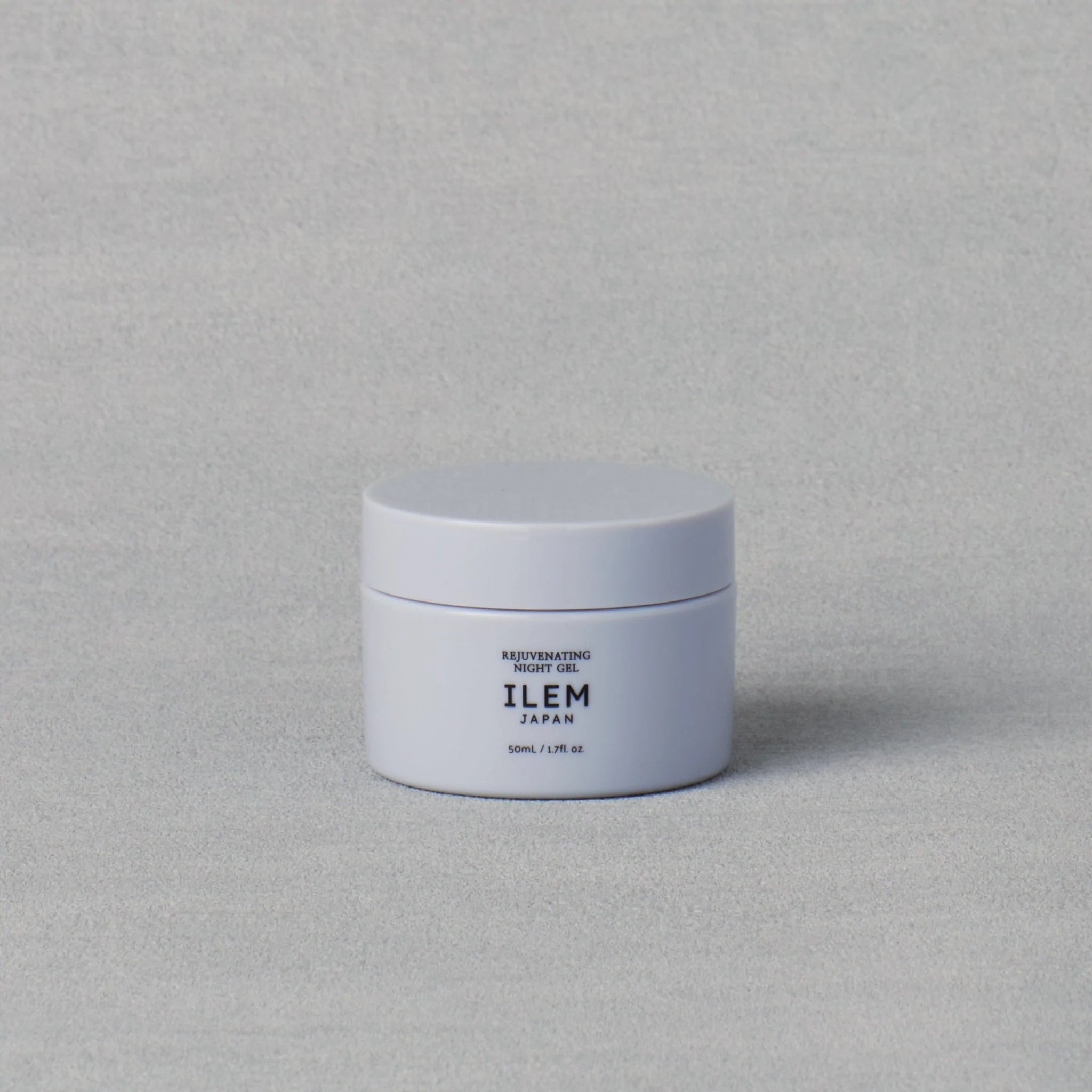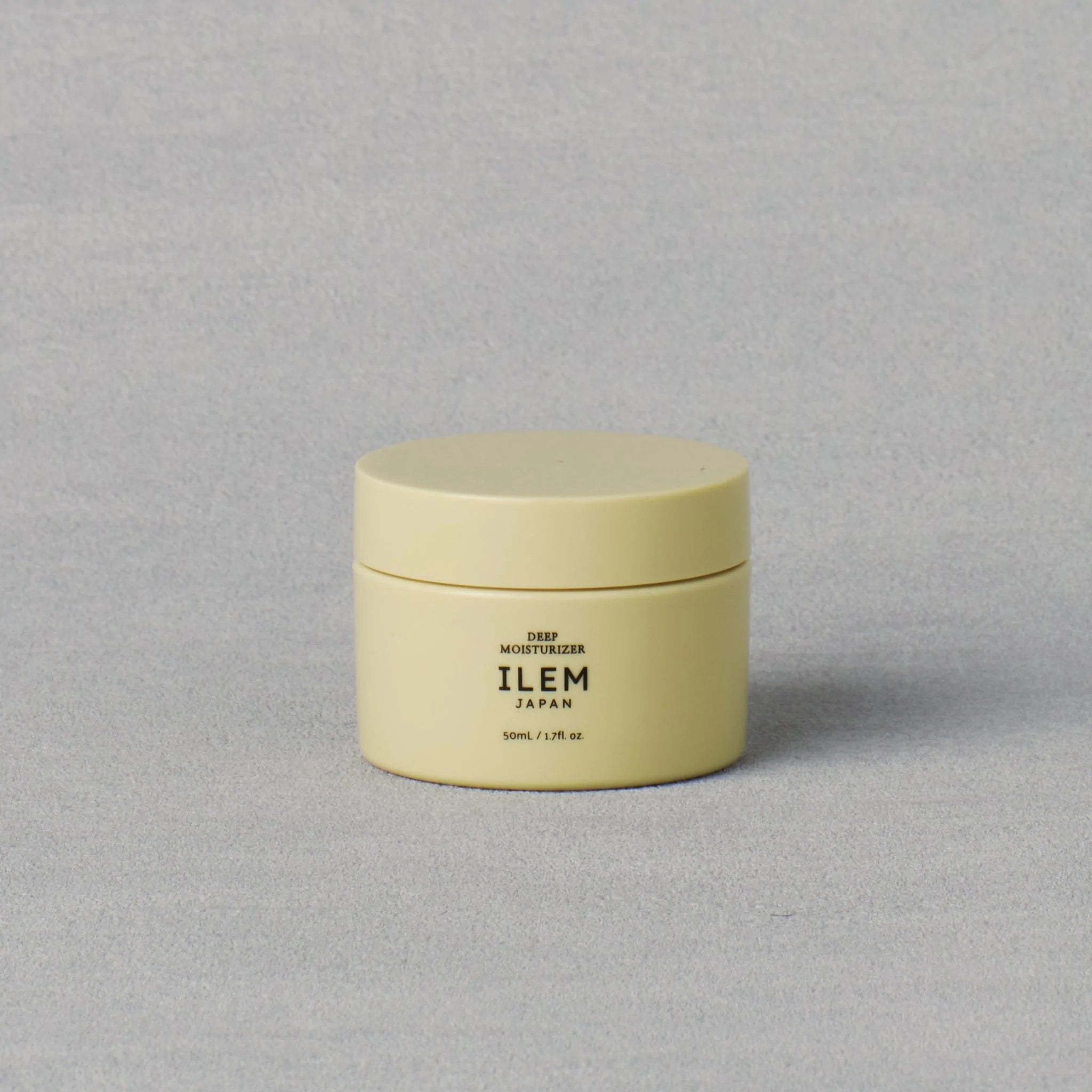Picture a cup brimming with vibrant green hues of Sencha. The delicate aroma takes you back to the lush landscapes of Japan and centuries of tradition. Not to forget the waves of calmness that wash over you with every sip of this Japanese green tea.
So what's the story behind Sencha tea, and why is it one of the most famous Japanese green tea globally? Want to know more about it?
You will know if you stay with us till the end because today, we will walk you through the benefits of this famous Japanese-infused tea.
Let's dive straight into it!
Sencha Tea: What Is It & How Does It Taste?
Did you know that Sencha accounts for about 80% of the tea production in Japan? Sencha tea's magic resides in its fresh, green leaves, carefully plucked from the Camellia sinensis plant. These leaves have a lively, grassy scent and offer a gentle yet revitalizing flavor, setting it apart from all other green teas.

Mind you! Growing Sencha green tea requires careful work, starting with detailed covered cultivation and hand-picking young leaves. These leaves undergo steaming and rolling, giving rise to Sencha green tea varieties like:
- Asamushi
- Fukamushi
- Honcha
Each type has unique flavors and characteristics, ranging from mild mellowness to a robust, astringent taste.
History of Sencha
Tea drinking was popular in ancient China even before Genghis Khan's time. Green tea is highly valued for its health benefits. In the 8th century, some in China called it the "elixir of youth."
Tea from China made its way to Japan in 815, thanks to Saicho, becoming one of the earliest known teas in history. Although its origins are debated between China and India, tea gained popularity in Japan for its perceived health effects.

Initially, the tea cultivation methods were secretive and limited to the elite. However, Emperor Saga's decree during China's Tang Dynasty made tea available to all levels of society.
Buddhist monks, particularly Kukai and Saicho, were important in introducing green tea to Japan. They brought tea seeds from China, spreading tea cultivation across the country by the end of the 9th century. Even the imperial palace had tea plants.
Green tea became crucial for Zen Buddhist monks during long meditation sessions. It became Japan's favorite drink by the 12th century, mainly due to Zen master Eisai's influence, who is considered the father of Japanese tea culture.
Varieties of Sencha Tea
Sencha tea can be best categorized into four main types. Here's a quick overview for you!
- Shincha is also called "new tea" or "first-flush tea." It is made from the very first tender leaves of the tea plants after the winter dormancy. This green tea is famous for its vibrant, fresh flavors and subtle sweetness. ILEM JAPAN's Sencha Tea is sourced from the first flush in the Kagoshima Prefecture spring, making it of exquisite quality and freshness.
- Asamushi presents a light and refreshing flavor profile. Its refreshing taste offers a subtle yet distinctive experience that captures the essence of Sencha in every sip.
- Fukamushi boasts a richer and fuller taste. Its distinct depth of flavor sets it apart, providing a more intense yet balanced Sencha experience. So, if you prefer a bolder tea profile, Fukamushi is your pick!
- Honcha represents the pinnacle of Sencha's essence. This tea balances flavors, offering a well-rounded and sophisticated taste.
Health Benefits of Sencha Tea
Like other green teas, Sencha tea is no different regarding health benefits. What do we mean? It is packed with antioxidants and nutrients to keep you up and healthy. Here's a quick rundown!
Action of Antioxidants
Sencha tea is rich in antioxidants, mainly catechins like epigallocatechin gallate (EGCG). These powerful antioxidants fight free radicals and reduce oxidative stress. Furthermore, they may help lower the risk of cell damage and premature aging.
Polyphenol Powerhouse
Loaded with polyphenols, Sencha tea shows anti-inflammatory properties that may support overall health. Polyphenols contribute to heart health by reducing the risk of heart disease by:
- Keeping healthy blood pressure levels
- Improving vascular function
Better Concentration and Memory
Sencha tea contains caffeine and amino acids (L-theanine). Together, they promote alertness and concentration. Plus, it may also support brain function, enhancing memory and focus.
Reduced Chronic Disease Risk
The powerful antioxidants in Sencha tea may reduce the risk of chronic diseases. Studies suggest that regular consumption may have protective effects against certain cancers due to its ability to inhibit the growth of cancer cells.
Supports Immune System
Sencha tea contains essential nutrients and antioxidants that can help strengthen the body's immune system.
For instance —
- Vitamin C plays a crucial role in immune function, aiding in the body's defense against infections and illnesses
- Flavonoids reduce inflammation
- Various minerals, such as potassium, calcium, and manganese, contribute to overall health
Promotes Digestive Health
Sencha tea consists of specific compounds that play a role in maintaining a balanced and healthy gut microbiome, which could aid in better digestion and promote overall digestive wellness.
Radiant Looking Skin
The antioxidants present in Sencha, particularly catechins like EGCG, act as natural protectors against UV damage caused by sun exposure. For instance, premature aging, such as wrinkles, fine lines, and age spots.
Moreover, it aids in promoting collagen production in the skin. Collagen, a vital protein maintaining skin elasticity and firmness, tends to decline with age. However, the antioxidants in Sencha stimulate collagen synthesis, contributing to the skin's suppleness.
Preparing and Serving Sencha Tea
The key to preparing the perfect cup of Sencha Tea is to pay special attention to the temperature of the water. It's recommended to heat water to around 70-80°C (158-176°F). This ensures that the delicate leaves are not scorched.

Steeping duration also demands precision—typically, steeping Sencha for 1-2 minutes creates a balanced infusion, whereas a longer steep of 2-3 minutes might offer a slightly stronger brew without bitterness.
Sencha Tea Ceremony
The Sencha tea ceremony is a captivating embodiment of Japan's cultural heritage. As a result, it fosters a deep appreciation for this beverage. The ceremony itself is a ritualistic journey that includes various ceremonial steps.
The ceremony involves gentle and deliberate hot water pouring over the Sencha leaves in a teapot or Kyusu. This is followed by precise and graceful motions while serving the tea in cups or Yunomi.
Each step in the ceremony emphasizes mindfulness, respect for tradition, and reverence for the tea itself.
Sencha Green Tea: The Best Japanese Green Tea
With its rich flavors and many health benefits, Sencha tea offers a holistic drinking experience. Every sip is enriching, not just for your body but your mind, too! Plus, you can constantly tailor it to your taste buds. If you like it mellow, temperate water is your go-to choice for steeping the tea leaves. But if you prefer it more astringent, hot water it is!

Think of it: A relaxed body, calm mind, and radiant-looking skin packed in a cup of your favorite Sencha tea. If you're wondering where to find the best Sencha tea, it's here with us!
Enjoy your cup!










